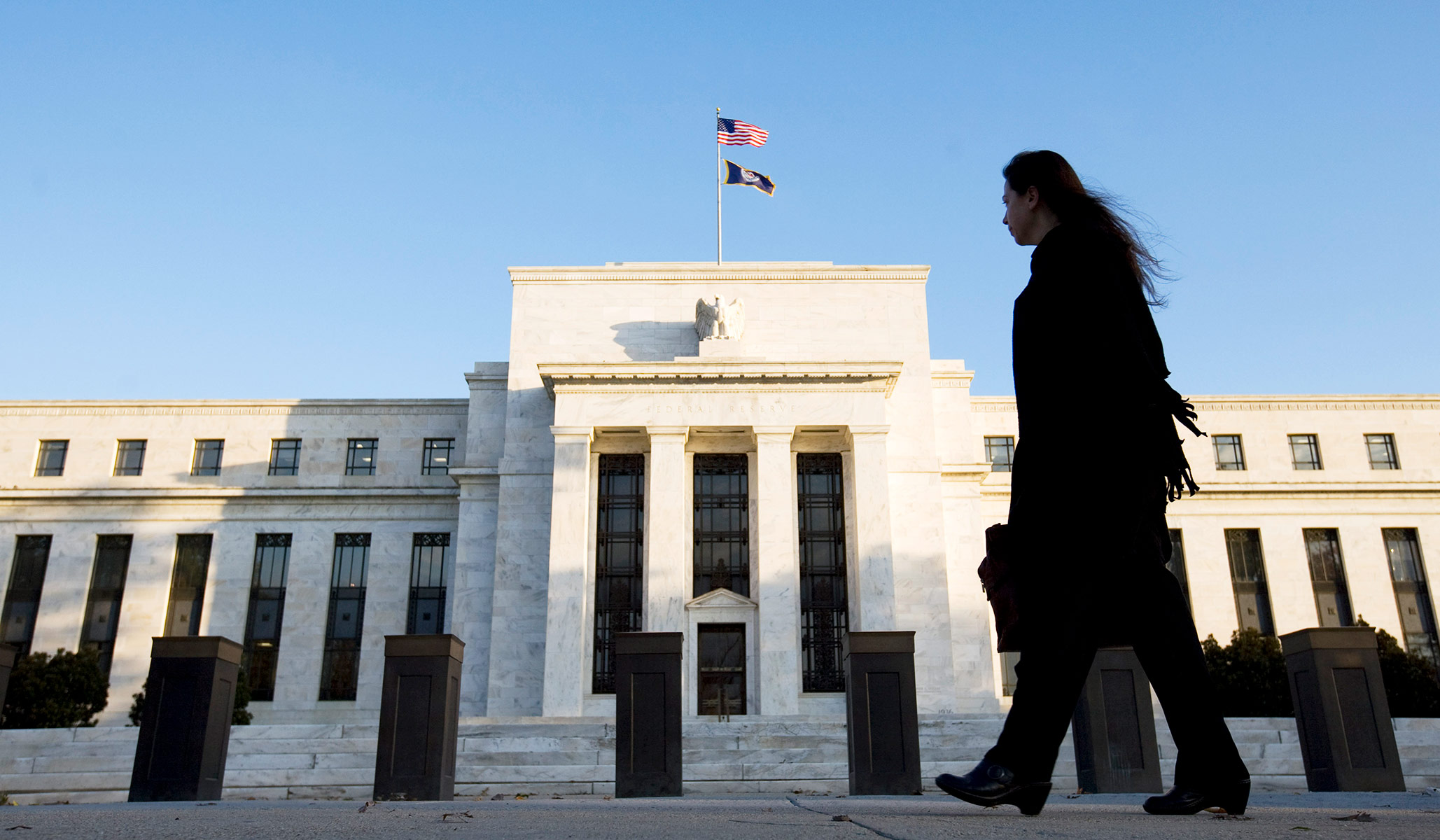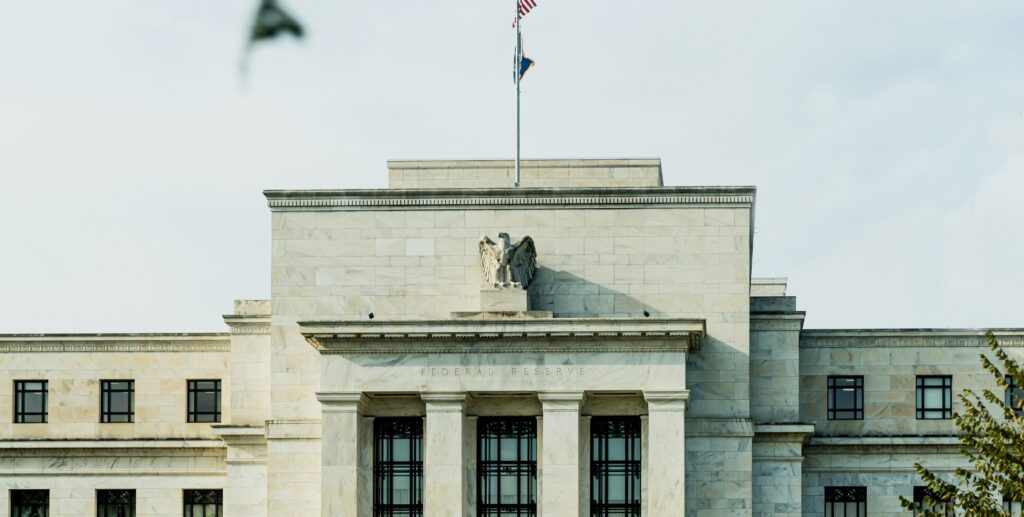The Federal Reserve, often referred to as the "Fed," is the central banking system of the United States, playing a pivotal role in shaping the nation's economic landscape. Established in 1913, it serves as a stabilizing force for the financial sector, ensuring smooth monetary operations and fostering economic growth. As the world's largest economy relies heavily on its decisions, understanding the Federal Reserve's functions and impact is essential for anyone interested in economics, finance, or global markets.
The Federal Reserve's influence extends far beyond the borders of the United States. Its policies affect global markets, currency exchange rates, and international trade. Whether you're an investor, a student of economics, or simply curious about how the U.S. economy operates, delving into the workings of the Federal Reserve provides valuable insights into the mechanisms that drive modern economies.
In this comprehensive guide, we will explore the structure, functions, and significance of the Federal Reserve. From its historical origins to its current role in managing monetary policy, we will break down complex concepts into easily digestible information, supported by data and expert analysis. By the end of this article, you'll have a clear understanding of why the Federal Reserve is a cornerstone of economic stability.
Read also:Discover The Rich Heritage And Wonders Of Peru
Table of Contents
- History of the Federal Reserve
- Structure of the Federal Reserve System
- Key Functions of the Federal Reserve
- Monetary Policy and the Federal Reserve
- The Federal Reserve's Role in Controlling Inflation
- Ensuring Economic Stability
- How the Federal Reserve Influences Interest Rates
- Global Impact of Federal Reserve Policies
- Challenges Facing the Federal Reserve
- The Future of the Federal Reserve
History of the Federal Reserve
The Federal Reserve was established in 1913 through the Federal Reserve Act, signed into law by President Woodrow Wilson. The creation of the Fed was a response to a series of financial panics that had destabilized the U.S. economy in the late 19th and early 20th centuries. Prior to its establishment, the United States lacked a centralized authority to manage monetary policy and provide liquidity during crises.
One of the most notable events leading to the creation of the Federal Reserve was the Panic of 1907, when a nationwide banking crisis caused widespread panic and economic disruption. This event underscored the need for a more robust and centralized financial system capable of responding effectively to such emergencies.
Key Milestones in the Federal Reserve's History
- 1913: The Federal Reserve Act is passed, establishing the Federal Reserve System.
- 1930s: The Fed plays a critical role during the Great Depression, although its actions are later criticized for not doing enough to prevent the crisis.
- 1970s: The Fed faces challenges in controlling inflation during a period of economic stagflation.
- 2008: The Federal Reserve takes unprecedented measures to address the global financial crisis, including quantitative easing and emergency lending programs.
Structure of the Federal Reserve System
The Federal Reserve System is structured as a decentralized central bank, comprising three main components: the Board of Governors, the Federal Reserve Banks, and the Federal Open Market Committee (FOMC). This structure ensures that the Fed can operate independently while remaining accountable to Congress.
Board of Governors
The Board of Governors, located in Washington, D.C., oversees the Federal Reserve System. It consists of seven members appointed by the President and confirmed by the Senate. The Board is responsible for setting monetary policy, supervising financial institutions, and ensuring the stability of the financial system.
Federal Reserve Banks
The Federal Reserve System includes 12 regional Federal Reserve Banks, each serving a specific district. These banks carry out the Fed's operations at the regional level, providing services to financial institutions and participating in monetary policy decisions.
Federal Open Market Committee (FOMC)
The FOMC is responsible for conducting the nation's monetary policy. It consists of the seven members of the Board of Governors and five of the 12 Federal Reserve Bank presidents. The FOMC meets eight times a year to assess economic conditions and make decisions regarding interest rates and other monetary policy tools.
Read also:Discovering Perubolivia A Journey Through History Culture And Adventure
Key Functions of the Federal Reserve
The Federal Reserve performs several critical functions that contribute to the stability and growth of the U.S. economy. These functions include conducting monetary policy, supervising and regulating financial institutions, maintaining the stability of the financial system, and providing financial services.
Monetary Policy
Monetary policy is one of the Federal Reserve's most important functions. Through its monetary policy tools, the Fed aims to achieve maximum employment, stable prices, and moderate long-term interest rates. This is accomplished by adjusting interest rates, controlling the money supply, and engaging in open market operations.
Supervision and Regulation
The Federal Reserve supervises and regulates banks and other financial institutions to ensure their safety and soundness. It also enforces consumer protection laws and works to prevent financial crimes such as fraud and money laundering.
Monetary Policy and the Federal Reserve
Monetary policy is the process by which the Federal Reserve manages the money supply and interest rates to influence economic conditions. The primary tools used by the Fed in conducting monetary policy include the federal funds rate, open market operations, and reserve requirements.
Federal Funds Rate
The federal funds rate is the interest rate at which banks lend reserve balances to other banks overnight. By adjusting this rate, the Fed can influence borrowing costs for consumers and businesses, thereby affecting economic activity.
Open Market Operations
Open market operations involve the buying and selling of government securities by the Federal Reserve. These operations allow the Fed to control the money supply and influence interest rates.
The Federal Reserve's Role in Controlling Inflation
Inflation control is a key objective of the Federal Reserve. By maintaining price stability, the Fed helps to preserve the purchasing power of the dollar and promote economic growth. The Fed uses a variety of tools to control inflation, including adjusting interest rates and implementing monetary policy measures.
Target Inflation Rate
The Federal Reserve has set a target inflation rate of 2% as measured by the core personal consumption expenditures (PCE) price index. This target reflects the Fed's commitment to achieving price stability while allowing for moderate inflation to support economic growth.
Ensuring Economic Stability
The Federal Reserve plays a crucial role in maintaining economic stability by addressing financial crises, preventing systemic risks, and promoting a strong and resilient financial system. During times of economic uncertainty, the Fed takes decisive actions to stabilize markets and restore confidence.
Crisis Management
In response to financial crises, the Federal Reserve has implemented emergency lending programs and other measures to provide liquidity to financial institutions and support the broader economy. For example, during the 2008 financial crisis, the Fed launched large-scale asset purchases, commonly known as quantitative easing, to stimulate economic recovery.
How the Federal Reserve Influences Interest Rates
The Federal Reserve's ability to influence interest rates is one of its most powerful tools for shaping economic conditions. By adjusting the federal funds rate, the Fed can affect borrowing costs for consumers and businesses, influencing spending, investment, and overall economic activity.
Impact on Borrowing
Lower interest rates make borrowing more affordable, encouraging consumers and businesses to spend and invest. Conversely, higher interest rates increase borrowing costs, which can slow economic activity and help control inflation.
Global Impact of Federal Reserve Policies
The policies of the Federal Reserve have far-reaching implications for the global economy. As the central bank of the world's largest economy, the Fed's decisions affect currency exchange rates, international trade, and financial markets worldwide.
Exchange Rates
Changes in U.S. interest rates can impact the value of the dollar relative to other currencies. A stronger dollar makes U.S. exports more expensive and imports cheaper, affecting trade balances and global economic relationships.
Challenges Facing the Federal Reserve
Despite its many successes, the Federal Reserve faces several challenges in fulfilling its mission. These include navigating complex economic conditions, maintaining public trust, and adapting to technological advancements in the financial sector.
Economic Uncertainty
The Federal Reserve must constantly assess and respond to evolving economic conditions, including global trade tensions, geopolitical risks, and technological disruptions. Balancing these factors requires careful analysis and strategic decision-making.
The Future of the Federal Reserve
As the U.S. economy continues to evolve, the Federal Reserve will need to adapt to new challenges and opportunities. This includes exploring digital currencies, enhancing cybersecurity, and addressing the long-term effects of climate change on financial stability.
Innovation and Technology
The Federal Reserve is actively exploring the potential of digital currencies and blockchain technology to improve the efficiency and security of financial transactions. By embracing innovation, the Fed aims to stay ahead of emerging trends and maintain its leadership in the global financial system.
Conclusion
The Federal Reserve is a vital institution that plays a central role in shaping the U.S. economy and influencing global financial markets. Through its monetary policy tools, supervision of financial institutions, and commitment to economic stability, the Fed ensures that the nation's financial system remains strong and resilient.
As we have explored in this article, understanding the Federal Reserve's functions and impact is essential for anyone seeking to navigate the complexities of modern economics. We encourage you to share your thoughts and insights in the comments below, and explore other articles on our site for further information on related topics.
Stay informed, stay engaged, and continue learning about the forces that shape our world.


